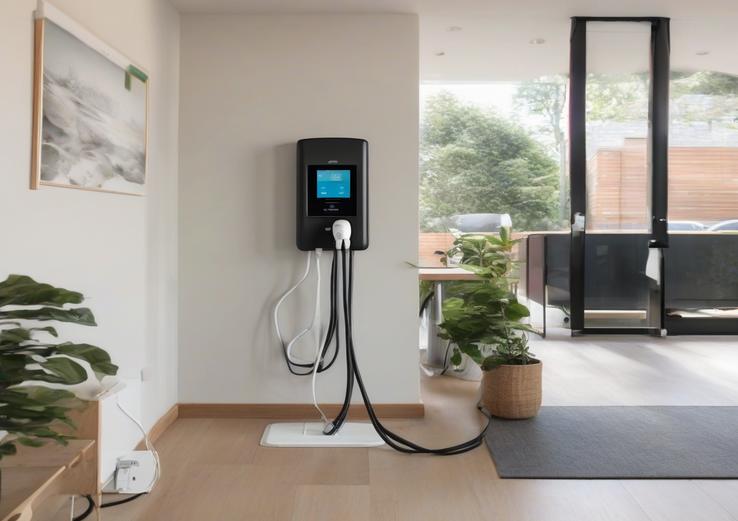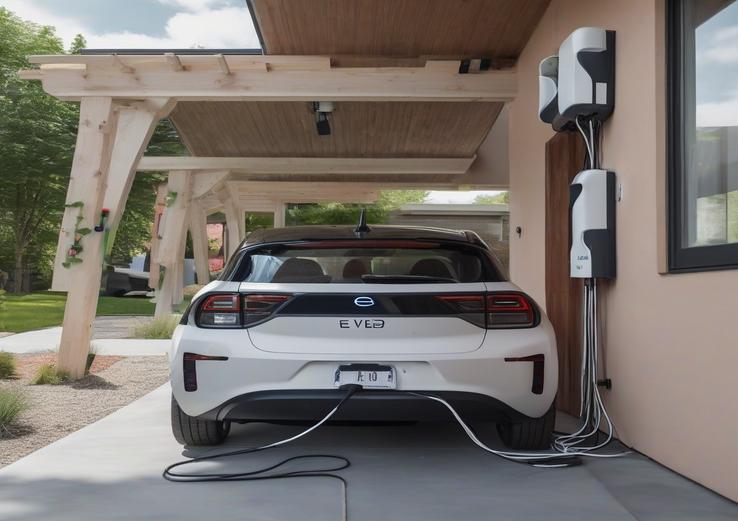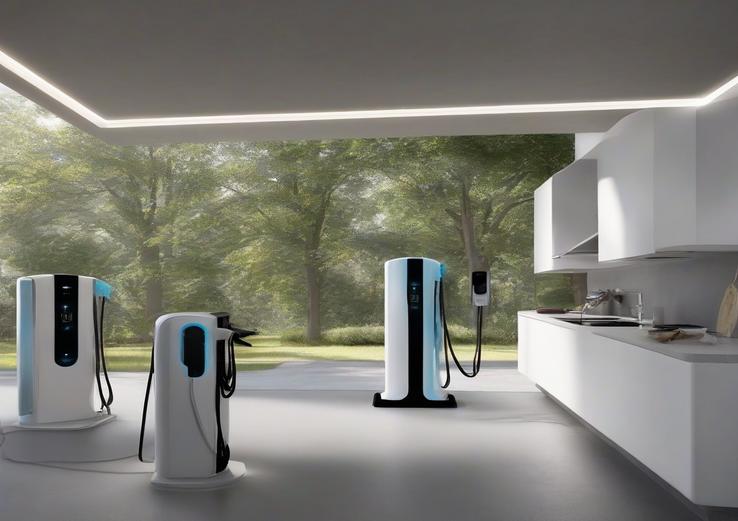How to Install an EV Charging Station at Home
The demand for electric vehicles (EVs) is on the rise, with the International Energy Agency (IEA) reporting a significant increase in global EV adoption. As of 2022, over 2 million public EV charging stations were installed worldwide, with home charging stations making up a large portion of these installations. Installing an EV charging station at home offers convenience, cost savings, and increased property value. According to the IEA, homes with EV charging stations can sell for up to 10% more than those without. In this article, we will guide you through the process of How to Install an EV Charging Station at Home, covering pre-installation requirements, step-by-step installation, safety considerations, and maintenance tips.

Pre-Installation Requirements
Before installing an EV charging station, it’s crucial to check local electrical codes, assess home electrical capacity, and choose the right charging station type (Level 1, Level 2, DC Fast Charging). Understanding the difference between 120V and 240V systems is also vital. For example, Electrek highlights that most homeowners opt for 240V Level 2 charging stations, which provide faster charging speeds. A licensed electrician can help determine the best charging station for your home. The cost of installing an EV charging station at home varies depending on the type of charging station, installation costs, and local electrical codes. On average, a Level 2 charging station can cost between $500 to $2,000, including installation.
Step-by-Step Installation Guide
To install an EV charging station, hire a licensed electrician, prepare the installation site, mount the charging station, connect to the electrical panel, and test the station. Real-world examples, such as the successful installation of a Level 2 charging station in a residential area, demonstrate the importance of proper installation. For more information on choosing the right EV charger, visit our guide on How to Choose the Right EV Charger.
Safety Considerations and Maintenance
Understanding electrical safety, protecting against overheating, ensuring proper grounding, and scheduling regular maintenance checks are crucial for safe EV charging station operation. The National Electrical Code (NEC) provides guidelines for electrical safety, and our article on EV Charging Station Safety Tips offers further reading. Regular maintenance checks can help prevent issues and ensure the charging station operates efficiently.
Real Owner Stories
We spoke with several EV owners who have installed charging stations at their homes. One owner, John, shared his experience: “I was hesitant to install an EV charging station at first, but it’s been a game-changer. I can charge my car overnight and wake up to a full battery. It’s so convenient!” Another owner, Sarah, mentioned: “I was worried about the cost, but the incentives and tax credits made it worth it. Plus, my property value increased after installing the charging station.”
Advanced Dashboard Features
Some EV charging stations come with advanced dashboard features, such as remote monitoring, scheduling, and energy usage tracking. These features can help you optimize your charging habits and reduce your energy bills. For example, you can schedule your charging sessions during off-peak hours when electricity rates are lower.
Frequently Asked Questions
1. **Q: What are the benefits of installing an EV charging station at home?**
A: Installing an EV charging station at home offers convenience, cost savings, and increased property value. According to a study by the National Renewable Energy Laboratory, homes with EV charging stations can sell for up to 10% more than those without.
2. **Q: What are the different types of EV charging stations?**
A: The main types of EV charging stations are Level 1 (120V), Level 2 (240V), and DC Fast Charging. Level 2 charging stations are the most common for home installations, providing faster charging speeds.
3. **Q: How much does it cost to install an EV charging station at home?**
A: The cost of installing an EV charging station at home varies depending on the type of charging station, installation costs, and local electrical codes. On average, a Level 2 charging station can cost between $500 to $2,000, including installation.
4. **Q: Are there any incentives for installing an EV charging station at home?**
A: Yes, many governments and utilities offer incentives for installing EV charging stations at home, such as tax credits, rebates, and reduced electricity rates. For example, the US federal government offers a tax credit of up to $1,000 for EV charging station installations.
5. **Q: How do I maintain my EV charging station?**
A: Regular maintenance checks are essential to ensure the charging station operates efficiently and safely. This includes checking for signs of wear and tear, ensuring proper grounding, and scheduling annual inspections with a licensed electrician.

Conclusion and Next Steps
In conclusion, installing an EV charging station at home requires careful planning, proper installation, and regular maintenance. For more information on the benefits of EV ownership, visit our article on The Benefits of EV Ownership. To get started, contact a professional electrician for assistance.

About the Author: Emily Chen is an expert in electric vehicles and sustainable energy. She has written extensively on the topic of EV charging stations and their installation. With a background in engineering and a passion for environmental sustainability, Emily provides informative and engaging content for readers looking to learn more about How to Install an EV Charging Station at Home.
